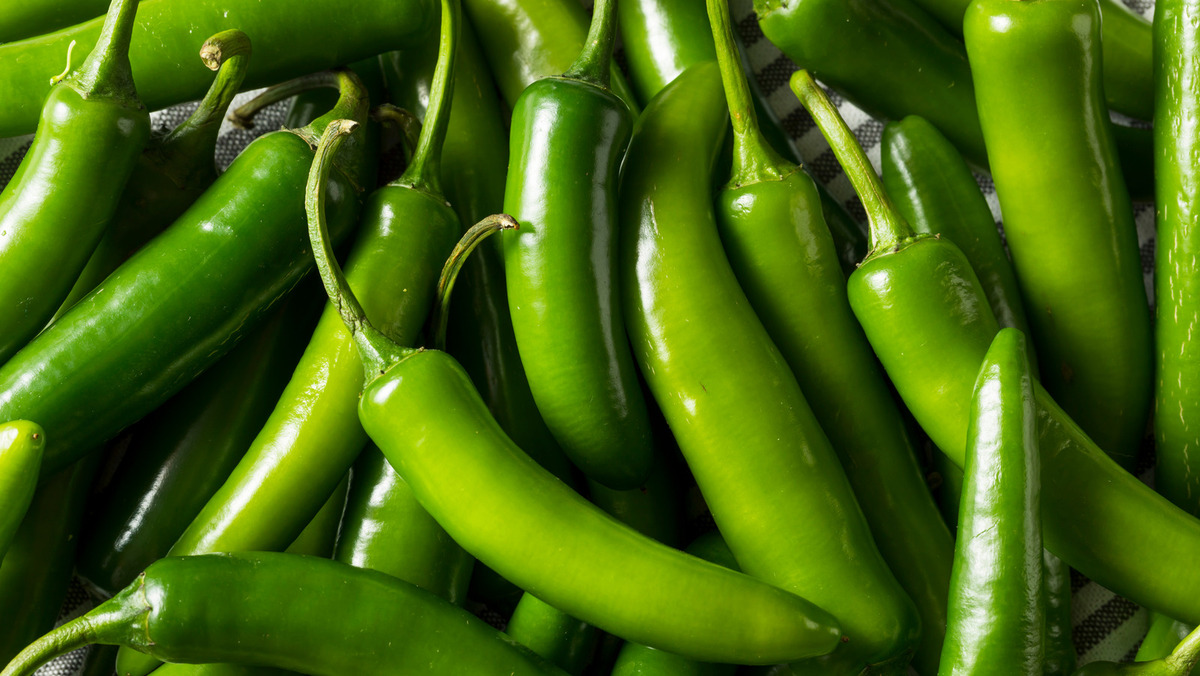

Articles
How To Store Serrano Peppers Long Term
Modified: February 24, 2024
Looking for ways to store serrano peppers long term? Check out our informative articles on storing serrano peppers to ensure their freshness and flavor last for months.
(Many of the links in this article redirect to a specific reviewed product. Your purchase of these products through affiliate links helps to generate commission for Storables.com, at no extra cost. Learn more)
Introduction
When it comes to cooking, adding a burst of spicy flavor is always a welcome addition. Serrano peppers are known for their fiery heat and distinct taste, making them a favorite ingredient in many cuisines. However, unless you plan to use them all at once, you might be wondering how to store serrano peppers long term to keep them fresh and flavorful.
Properly storing serrano peppers is essential to maintain their quality and extend their shelf life. By employing various methods such as freezing, drying, canning, pickling, or making pepper powder, you can enjoy the rich flavors of these peppers even if they are out of season.
In this article, we will explore the different methods for storing serrano peppers long term. We will also discuss the factors to consider before storing these peppers and provide you with some tips to ensure they stay fresh and flavorful for an extended period of time.
Key Takeaways:
- Properly storing serrano peppers long term ensures a steady supply of fiery flavor, cost savings, and cooking convenience. Freezing, drying, canning, pickling, or making pepper powder are versatile methods to preserve their intense heat and unique taste.
- To maintain the quality and flavor of stored serrano peppers, consider factors such as quality, ripeness, washing and drying, storage containers, temperature, and humidity. Handle with care, store in a cool, dry environment, and regularly check for spoilage to enjoy their vibrant flavors year-round.
Read more: How To Store Serrano Peppers
Why Store Serrano Peppers Long Term
Serrano peppers are highly versatile and can elevate the taste of various dishes. However, their availability can be limited depending on the season and geographic location. This is why it is beneficial to store serrano peppers long term. Here are a few reasons why:
- Extended Shelf Life: By storing serrano peppers long term, you can ensure that you have a steady supply of these flavorful peppers throughout the year. This is especially useful if you enjoy cooking with serrano peppers regularly and want to have them readily available.
- Cost Savings: Buying serrano peppers in bulk during their peak season or when they are more affordable can help you save money in the long run. Properly storing them allows you to take advantage of lower prices and enjoy serrano peppers at a fraction of the cost when they are out of season.
- Flavor Preservation: Serrano peppers are known for their spicy and vibrant flavor. By storing them correctly, you can preserve their taste and aroma for a longer period of time. This means that even when fresh serrano peppers are not available, you can still enjoy the intense heat and unique flavor they bring to your dishes.
- Cooking Convenience: Having stored serrano peppers on hand can make meal preparation more convenient. You can easily add a kick of heat to any dish without having to run to the store or compromise on taste. Whether it’s for a last-minute stir-fry or a homemade salsa, having stored serrano peppers at your disposal ensures you can enhance your culinary creations at any time.
Now that we understand why storing serrano peppers long term is beneficial, let’s explore the various factors to consider before storing these peppers in order to maintain their quality and flavor.
Factors to Consider Before Storing Serrano Peppers
Before you embark on the journey of storing serrano peppers long term, there are several factors to keep in mind. By considering these factors, you can ensure that your stored peppers remain fresh and flavorful. Here are some important considerations:
- Quality of the Peppers: It is crucial to start with fresh and high-quality serrano peppers. Look for peppers that are firm, vibrant in color, and free from any signs of rot or mold. This will ensure that the stored peppers maintain their flavor and texture throughout the storage period.
- Ripeness: Decide whether you want to store fully ripe or slightly underripe serrano peppers. Ripe peppers tend to have a more robust flavor, while underripe peppers are milder in taste. Consider your personal preference and the intended use of the peppers when choosing the level of ripeness for storage.
- Washing and Drying: Before storing serrano peppers, it’s essential to wash them thoroughly under cool running water to remove any dirt or residue. However, it’s crucial to dry the peppers completely to prevent moisture buildup, as excessive moisture can lead to spoilage.
- Storage Containers: Choose the right storage containers for your serrano peppers. The containers should be airtight and food-safe, such as glass jars, plastic containers, or freezer bags. Avoid using containers made of metal, as they can interact with the peppers and affect their flavor.
- Temperature and Humidity: Serrano peppers thrive in cool and dry conditions. The ideal temperature for storing serrano peppers is around 45-50 degrees Fahrenheit (7-10 degrees Celsius), with a humidity level below 50%. Ensure that your storage area provides these conditions to prevent spoilage.
- Differentiation: If you plan to store serrano peppers using multiple methods, such as freezing, drying, and canning, it’s important to label and differentiate them accordingly. This will help you identify the type of storage method used and ensure that you use them appropriately in your recipes.
By considering these factors and taking the necessary precautions, you can maximize the shelf life and maintain the quality of your stored serrano peppers. Now let’s dive into the various methods for storing serrano peppers long term.
Methods for Storing Serrano Peppers Long Term
There are several methods you can utilize to store serrano peppers long term. Each method offers a different approach to preserving the peppers’ flavor and ensuring their longevity. Let’s explore these methods:
- Method 1: Freezing Serrano Peppers: Freezing is one of the simplest and most effective methods for storing serrano peppers. To freeze serrano peppers, wash and dry them thoroughly, then remove the stems and seeds. You can choose to chop or leave them whole based on your preference. Place the peppers in a freezer bag or airtight container, and make sure to remove any excess air before sealing. Frozen serrano peppers can be stored for up to 9-12 months, retaining their flavor and heat.
- Method 2: Drying Serrano Peppers: Drying serrano peppers is another excellent way to store them long term. You can air-dry them by hanging them in a well-ventilated area, or use a dehydrator to speed up the drying process. Once the peppers are completely dried and brittle, remove the stems and grind them into flakes or powder using a blender or a spice grinder. Store the dried pepper flakes or powder in airtight containers away from light and moisture. Dried serrano peppers can be stored for up to a year.
- Method 3: Canning Serrano Peppers: Canning is a popular method for preserving serrano peppers by immersing them in a vinegar-based brine. Start by washing and slicing the peppers, then pack them tightly into sterilized jars. Heat a mixture of vinegar, water, and salt to create a brine, and pour it over the peppers in the jars, leaving a small headspace. Seal the jars and process them in a water bath or pressure canner according to the recommended guidelines. Canned serrano peppers can be stored for up to a year or longer.
- Method 4: Pickling Serrano Peppers: Pickling is another flavorful method for storing serrano peppers. To pickle the peppers, slice them into rings or leave them whole, then pack them into sterilized jars. In a saucepan, heat a mixture of vinegar, water, sugar, salt, and spices until it comes to a boil. Pour the hot pickling liquid over the peppers, ensuring they are fully submerged. Seal the jars and store them in a cool, dark place. Pickled serrano peppers can be enjoyed for several months.
- Method 5: Making Serrano Pepper Powder: Transforming serrano peppers into powder is a versatile method that allows for easy storage and usage. To make serrano pepper powder, dry the peppers thoroughly and remove the stems. Grind the dried peppers into a fine powder using a spice grinder or blender. Store the pepper powder in an airtight container away from light and moisture. Serrano pepper powder can be used to add a punch of heat and flavor to various dishes and will stay fresh for up to a year.
These methods provide different options for storing serrano peppers long term, ensuring that you can enjoy their vibrant flavors throughout the year. However, regardless of the method you choose, there are a few tips to keep in mind to ensure optimal storage conditions for serrano peppers.
Method 1: Freezing Serrano Peppers
Freezing is a simple and effective method for storing serrano peppers long term while preserving their flavor and heat. Here’s how you can freeze serrano peppers:
- Preparation: Start by washing the serrano peppers under cool running water to remove any dirt or debris. Pat them dry using a clean kitchen towel or paper towels.
- Removing Stems and Seeds: Once the peppers are dry, remove the stems by gently twisting them off. You can also cut off the tops using a sharp knife. Next, slice the peppers lengthwise and remove the seeds if desired. Keeping the seeds will add more heat to the frozen peppers.
- Chopping (optional): Depending on your preference, you can choose to chop the serrano peppers into small pieces or leave them whole. Chopping the peppers can make them more convenient to use in recipes later.
- Packaging: Place the prepared serrano peppers in a freezer-safe bag or airtight container. Make sure to remove any excess air from the bag or container to prevent freezer burn.
- Labeling and Dating: It is important to label the freezer bag or container with the date of freezing. This will help you keep track of the storage time and ensure you use the oldest peppers first.
- Freezing: Place the sealed bag or container in the freezer. The serrano peppers can be stored in the freezer for approximately 9-12 months.
When you’re ready to use the frozen serrano peppers, there’s no need to thaw them. You can directly add the desired amount of frozen peppers to your recipes. Keep in mind that frozen serrano peppers may have a slightly softer texture compared to fresh ones, but they will still provide the same fiery heat and flavor to your dishes.
Freezing serrano peppers is a convenient way to have them readily available for your culinary creations throughout the year. Whether you want to add a spicy kick to sauces, soups, or salsas, having frozen serrano peppers on hand ensures you can enjoy their vibrant flavors whenever you desire.
Now that you’re familiar with freezing serrano peppers, let’s explore another method for storing them long term: drying.
Read more: How To Store Bell Peppers Long Term
Method 2: Drying Serrano Peppers
Drying serrano peppers is a popular method for preserving the intense heat and flavors of these peppers for an extended period. Here’s a step-by-step guide to drying serrano peppers:
- Preparation: Begin by washing the serrano peppers thoroughly under cold running water to remove any dirt or residue. After washing, gently pat them dry using a clean kitchen towel or paper towels.
- Removing Stems: Once the peppers are dry, remove the stems by twisting them off or cutting them with a sharp knife. Discard the stems, as they are not needed for the drying process.
- Slicing: Decide whether you want to leave the serrano peppers whole or slice them into smaller pieces. Slicing the peppers will help speed up the drying process and allow for more even drying.
- Air Drying: One method of drying serrano peppers is air drying. Arrange the prepared peppers in a single layer on a clean and dry surface, such as a wire rack or baking sheet. Make sure to place them in a well-ventilated area away from direct sunlight.
- Dehydrating: If you want to speed up the drying process, you can use a dehydrator. Place the sliced peppers on the dehydrator trays, leaving some space between them for proper air circulation. Set the dehydrator to a low temperature, around 125-135 degrees Fahrenheit (52-57 degrees Celsius), and allow the peppers to dry for several hours or until they become brittle.
- Grinding: Once the serrano peppers are completely dried, you can grind them into flakes or powder using a spice grinder or blender. Grinding the dried peppers allows for easy storage and convenient usage in various recipes.
- Storage: Store the dried pepper flakes or powder in airtight containers in a cool, dark, and dry place. Make sure to label the containers with the date of drying to keep track of their freshness.
Dried serrano peppers can be stored for up to a year, retaining their spicy flavor and aroma. You can use them to add a fiery kick to soups, stews, marinades, spice rubs, and more. The dried peppers can also be crushed into flakes or ground into powder, making it easy to sprinkle them onto your favorite dishes.
Now that you know how to dry serrano peppers, let’s explore another method for long-term storage: canning.
To store serrano peppers long term, you can freeze them whole or chopped in an airtight container. Alternatively, you can pickle them in vinegar and store them in the refrigerator for several months.
Method 3: Canning Serrano Peppers
Canning is a popular method for storing serrano peppers long term. By immersing the peppers in a vinegar-based brine and sealing them in jars, you can preserve their flavor and enjoy them throughout the year. Here’s a step-by-step guide to canning serrano peppers:
- Preparation: Begin by washing the serrano peppers thoroughly under cold running water. After washing, pat them dry using a clean kitchen towel or paper towels.
- Slicing: Decide whether you want to leave the serrano peppers whole or slice them into rings. Slicing the peppers will allow easier packing into the jars and provide more even flavor distribution.
- Jar Preparation: Ensure that your canning jars, lids, and rings are clean and sterilized. You can do this by boiling them in hot water for a few minutes. Place the sterilized jars on a clean towel, ready for packing.
- Packing the Peppers: Pack the sliced serrano peppers into the sterilized jars, leaving a small amount of headspace at the top. You can pack them tightly, but be cautious not to crush the peppers.
- Brine Preparation: In a saucepan, combine vinegar, water, salt, and any desired spices or seasonings. Bring the mixture to a boil, stirring until the salt is dissolved.
- Pouring the Brine: Carefully pour the hot brine over the packed peppers, ensuring they are fully submerged. Maintain the recommended headspace by leaving about 1/2 inch (1.3 cm) of room at the top of each jar.
- Sealing the Jars: Wipe the rims of the jars clean with a damp cloth to remove any residue or brine. Place the lids on the jars and screw on the rings until they are snug but not overly tight.
- Processing: Depending on your elevation and the type of canner you have, you can process the jars in a water bath canner or a pressure canner. Follow the recommended guidelines for your specific canner to ensure proper processing times and temperatures.
- Cooling and Storage: After processing, carefully remove the jars from the canner and place them on a clean towel to cool. As they cool, you may hear the satisfying “pop” of the lids sealing. Once fully cool, check that the lids are securely sealed. Store the sealed jars in a cool, dark place, and they should last for a year or longer.
Canned serrano peppers can be used in a variety of dishes, such as salsas, sandwiches, tacos, and more. The vinegar brine adds a tangy and flavorful element to the peppers, making them a delicious addition to your pantry.
Now that you’ve learned how to can serrano peppers, let’s move on to another method: pickling.
Method 4: Pickling Serrano Peppers
Pickling serrano peppers is a delightful way to preserve their vibrant flavors and enjoy them in various dishes. The pickling process involves immersing the peppers in a flavorful vinegar-based brine, resulting in a tangy and spicy condiment. Here’s a step-by-step guide to pickling serrano peppers:
- Preparation: Start by washing the serrano peppers thoroughly under cold running water. After washing, pat them dry using a clean kitchen towel or paper towels.
- Slicing: Decide whether you want to leave the serrano peppers whole or slice them into rings. Slicing the peppers into rings allows for easier packing in the jars and ensures even flavor distribution.
- Jar Preparation: Ensure that your canning jars, lids, and rings are clean and sterilized. You can do this by boiling them in hot water for a few minutes. Place the sterilized jars on a clean towel, ready for packing.
- Packing the Peppers: Pack the sliced serrano peppers into the sterilized jars, leaving a small amount of headspace at the top. You can pack them tightly, but be cautious not to crush the peppers.
- Brine Preparation: In a saucepan, combine vinegar, water, sugar, salt, and any desired spices or seasonings. Bring the mixture to a boil, stirring until the sugar and salt are dissolved.
- Pouring the Brine: Carefully pour the hot brine over the packed peppers, ensuring they are fully submerged. Maintain the recommended headspace by leaving about 1/2 inch (1.3 cm) of room at the top of each jar.
- Sealing the Jars: Wipe the rims of the jars clean with a damp cloth to remove any residue or brine. Place the lids on the jars and screw on the rings until they are snug but not overly tight.
- Cooling: Allow the pickled jars to cool at room temperature. As they cool, you may hear the satisfying “pop” of the lids sealing, indicating a proper seal.
- Maturing: After the jars have cooled, transfer them to a cool, dark place and let the pickled serrano peppers mature for a few weeks. This maturing process allows the flavors to develop and intensify.
Pickled serrano peppers can be used in a variety of dishes, such as sandwiches, salads, burgers, and tacos. They add a tangy and spicy kick, enhancing the flavor profile of your favorite dishes. With their long shelf life, pickled serrano peppers will be a delightful and versatile ingredient in your pantry.
Now that you’ve learned how to pickle serrano peppers, let’s move on to another method: making serrano pepper powder.
Method 5: Making Serrano Pepper Powder
If you’re looking for a convenient and versatile way to store and use serrano peppers, making pepper powder is an excellent option. Serrano pepper powder adds a fiery kick and intense flavor to your dishes. Here’s a step-by-step guide on how to make serrano pepper powder:
- Preparation: Start by washing the serrano peppers thoroughly under cold running water. Pat them dry using a clean kitchen towel or paper towels.
- Drying: It’s important to fully dry the serrano peppers before making powder. You can dry them using an oven, a dehydrator, or by air drying.
- Oven Drying: Preheat your oven to the lowest temperature. Place the whole serrano peppers on a baking sheet lined with parchment paper. Leave the oven door slightly ajar to allow moisture to escape. Dry the peppers in the oven for 8-10 hours, or until they are fully dehydrated and brittle.
- Dehydrator: If you have a dehydrator, follow the manufacturer’s instructions for drying chili peppers. Typically, it takes 6-10 hours at a temperature of 125-135 degrees Fahrenheit (52-57 degrees Celsius) to fully dehydrate the peppers.
- Air Drying: Alternatively, you can air dry the peppers by hanging them in a well-ventilated place. Ensure they are exposed to sufficient air circulation and protected from direct sunlight. This process may take several weeks, depending on the humidity levels in your environment.
- Grinding: Once the serrano peppers are completely dry and brittle, remove the stems and transfer them to a spice grinder or blender. Grind the peppers until they turn into a fine powder. You can also use a mortar and pestle for a more hands-on approach.
- Storage: Store the serrano pepper powder in an airtight container, away from light, heat, and moisture. Properly stored pepper powder can retain its flavor and spiciness for up to a year.
Serrano pepper powder is a versatile spice that can be used to add a burst of heat to various dishes such as marinades, seasonings, rubs, and sauces. Start with a small amount and gradually increase according to your desired level of spiciness. Be cautious when handling the powder, as it can irritate the eyes and skin.
With your homemade serrano pepper powder, you can easily enhance the taste of your favorite recipes and enjoy the intense heat of serrano peppers throughout the year.
Now that you’re familiar with five different methods for storing serrano peppers long term, let’s move on to some tips for properly storing them to ensure optimal freshness and flavor.
Read more: How To Store Hot Peppers Long Term
Tips for Properly Storing Serrano Peppers
Proper storage is key to maintaining the freshness and flavor of serrano peppers. Here are some helpful tips to ensure they stay in optimal condition:
- Handle with Care: When handling serrano peppers, wear gloves to protect your skin from the fiery oils. Avoid touching your face or eyes, as the oils can cause discomfort or irritation.
- Optimal Ripeness: Choose serrano peppers that are at their peak ripeness. They should feel firm, with a vibrant color and no soft spots or blemishes. Underripe peppers may not have developed their full flavor, while overripe peppers may be too soft and prone to spoilage.
- Storage Temperature: Serrano peppers thrive in cool temperatures. Store them in a cool area with a temperature between 45-50 degrees Fahrenheit (7-10 degrees Celsius). Avoid exposure to direct sunlight or heat sources, as they can accelerate the ripening process and lead to spoilage.
- Low Humidity: Serrano peppers prefer low humidity levels. Moisture can cause the peppers to rot quickly. Store them in a dry environment to prevent mold and decay.
- Airtight Containers: Use airtight containers, such as glass jars or freezer bags, to store serrano peppers. This helps to maintain their freshness and prevents moisture from entering the container.
- Labeling and Dating: Properly label the containers with the date of storage. This allows you to keep track of the freshness of the peppers and use the oldest ones first.
- Avoid Storing Peppers Together with Ethylene-Producing Fruits: Ethylene gas produced by certain fruits, like apples and bananas, can speed up the ripening process and cause the serrano peppers to deteriorate. Keep them away from ethylene-producing fruits to extend their shelf life.
- Regular Check-ups: Regularly inspect your stored serrano peppers for any signs of spoilage, such as mold, soft spots, or an unpleasant odor. Remove any peppers that have gone bad to prevent the spoilage from spreading to the rest of the batch.
By following these tips, you can ensure that your serrano peppers stay fresh, flavorful, and ready to be used in your favorite recipes whenever you desire.
Now that you have a comprehensive understanding of how to store serrano peppers long term and the best practices for maintaining their quality, you can confidently enjoy their fiery heat and vibrant flavor throughout the year.
Remember, whether you choose to freeze, dry, can, pickle, or make powder from serrano peppers, each method offers a unique way to preserve their distinct characteristics. Experiment with different methods to find the one that suits your taste and culinary needs the best.
Happy cooking and enjoy the incredible flavors of serrano peppers!
Conclusion
Serrano peppers are a fantastic addition to any kitchen, adding a fiery heat and distinctive flavor to a wide range of dishes. By properly storing serrano peppers long term, you can ensure a continuous supply of these flavorful peppers, regardless of the season. Whether you choose to freeze, dry, can, pickle, or make powder from serrano peppers, each method offers a unique way to preserve their intensity and zest.
Before storing serrano peppers, it is important to consider factors such as quality, ripeness, washing and drying, storage containers, temperature and humidity, and differentiation if you plan to use multiple storage methods.
Freezing serrano peppers is a simple and convenient method, allowing you to have them readily available for all kinds of culinary creations. Drying serrano peppers intensifies their heat and flavors, providing you with spicy pepper flakes or powder to enhance your recipes. Canning serrano peppers in vinegar-based brine creates a tangy and versatile condiment. Pickling serrano peppers infuses them with a delightful tanginess, perfect for a variety of dishes. Making serrano pepper powder provides a convenient and versatile option to add a fiery kick to various recipes.
To ensure optimal storage, handle serrano peppers with care, store them in a cool and dry environment, use airtight containers, and label and date the storage containers for easy identification. Regularly check for any signs of spoilage and remove any peppers that have gone bad to prevent spoilage from spreading.
In conclusion, by understanding the various methods for storing serrano peppers long term and implementing proper storage techniques, you can savor the intense heat and vibrant flavors of these peppers all year round. Experiment with different methods and enjoy the versatility that serrano peppers bring to your culinary adventures.
So go ahead, stock up on serrano peppers and get ready to add a fiery kick to your favorite recipes. Happy cooking!
Frequently Asked Questions about How To Store Serrano Peppers Long Term
Was this page helpful?
At Storables.com, we guarantee accurate and reliable information. Our content, validated by Expert Board Contributors, is crafted following stringent Editorial Policies. We're committed to providing you with well-researched, expert-backed insights for all your informational needs.
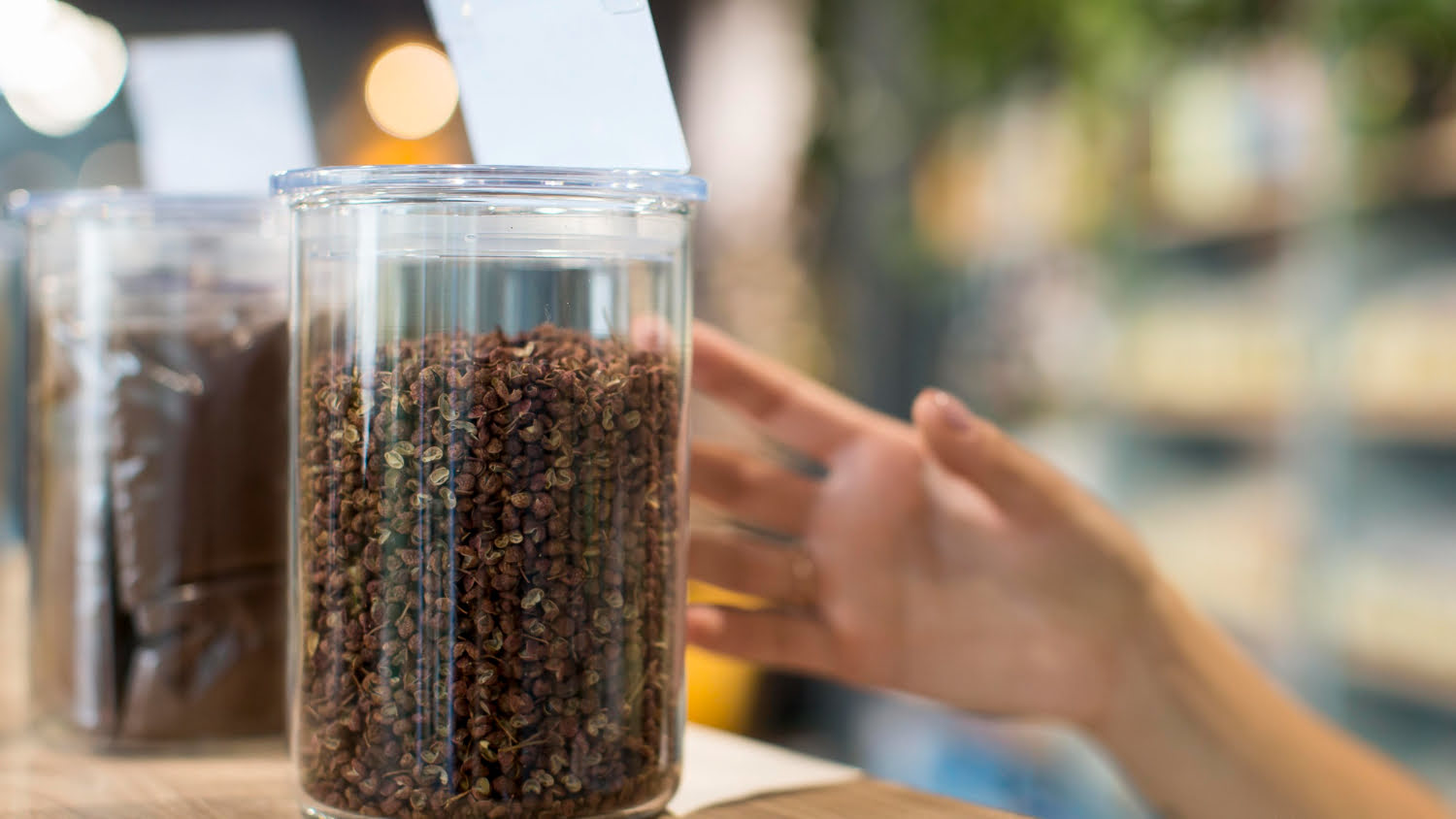
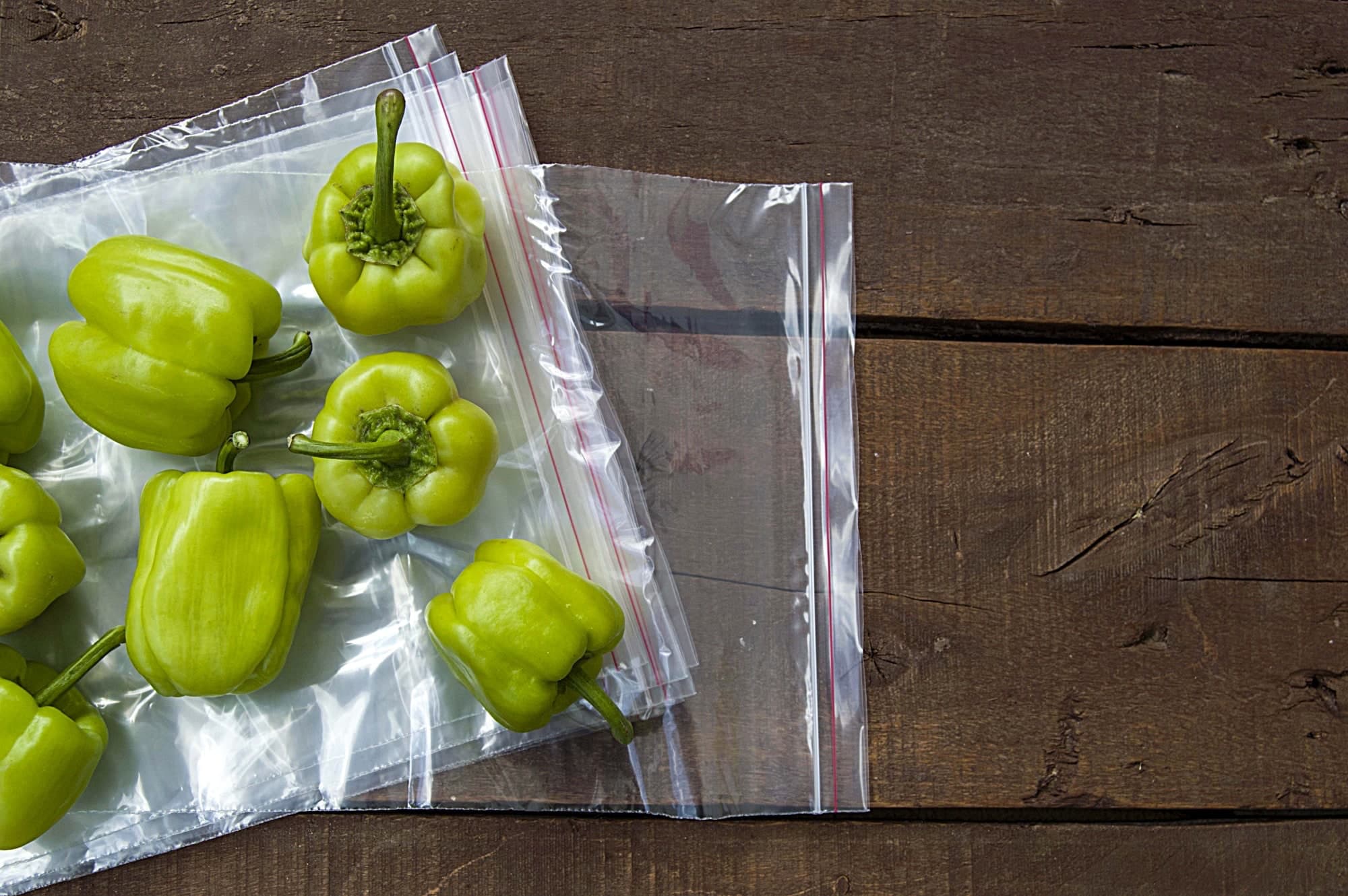
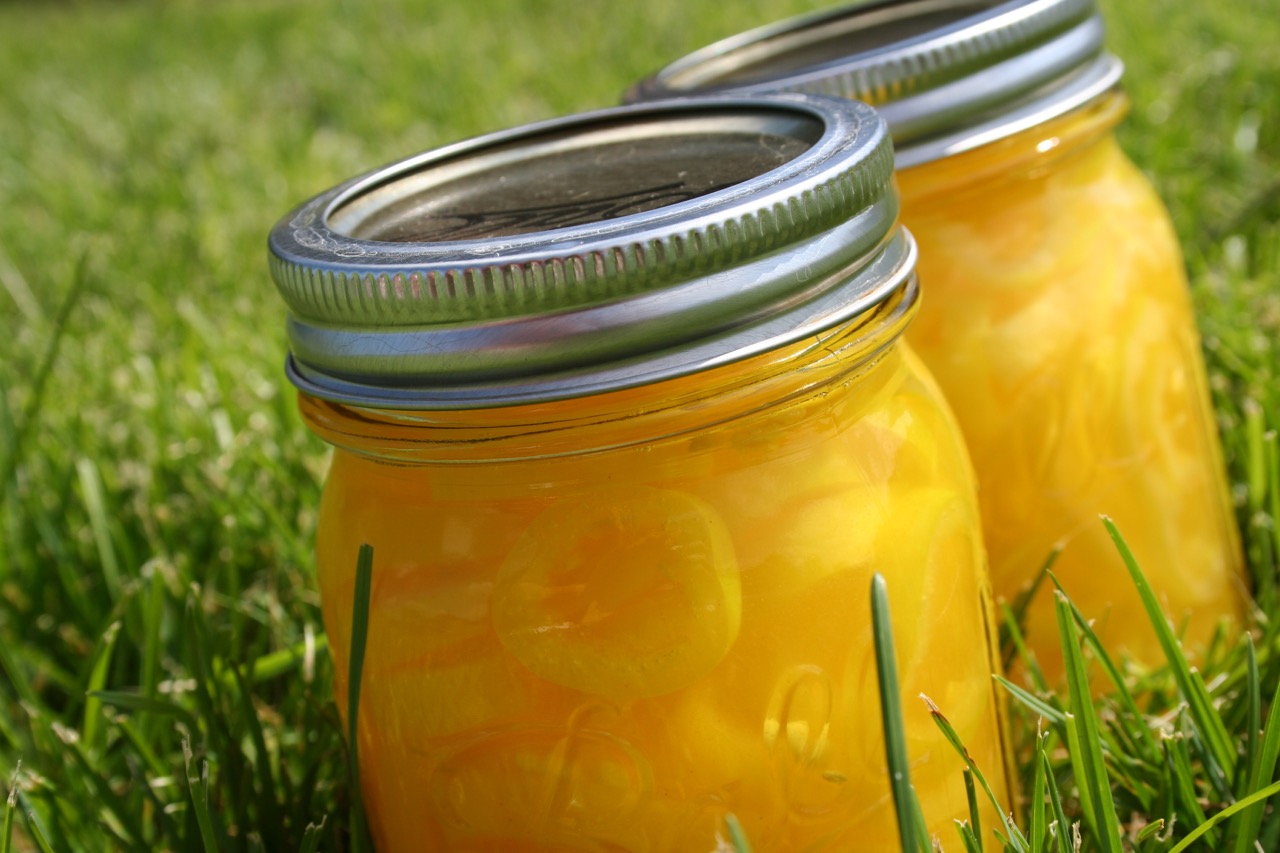
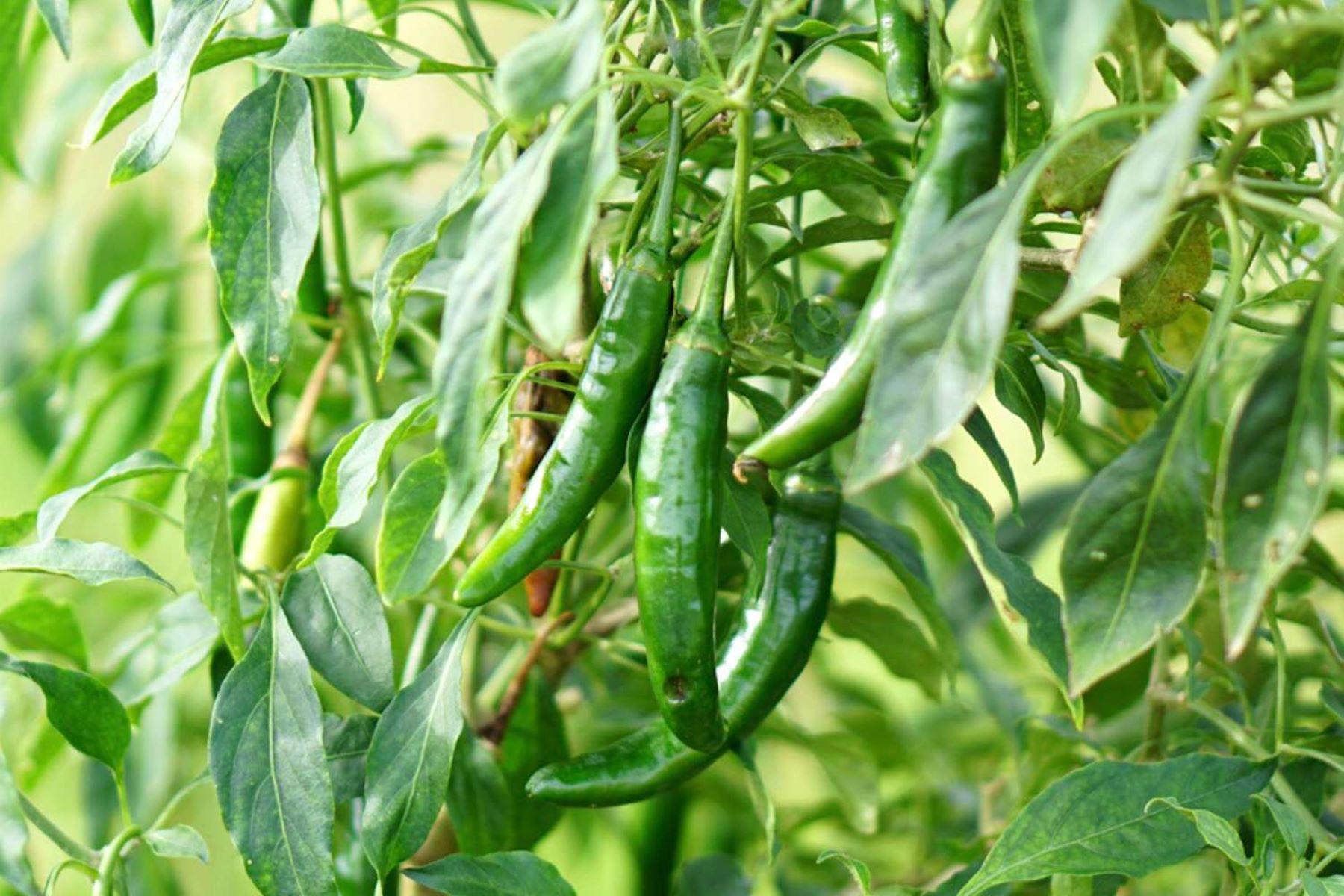
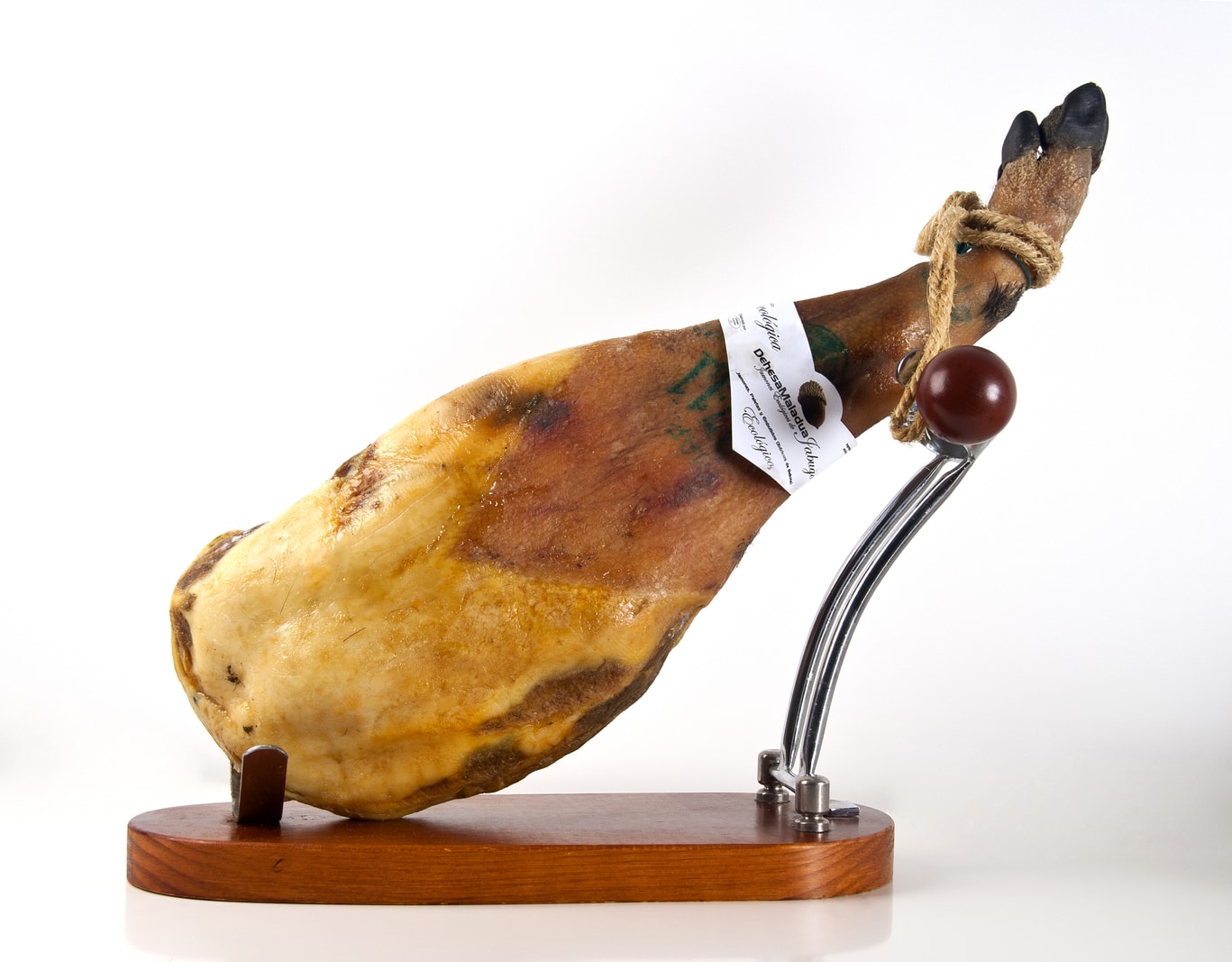









0 thoughts on “How To Store Serrano Peppers Long Term”